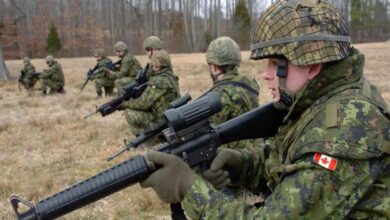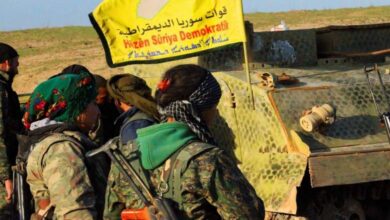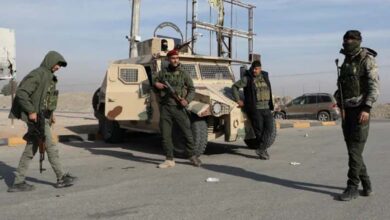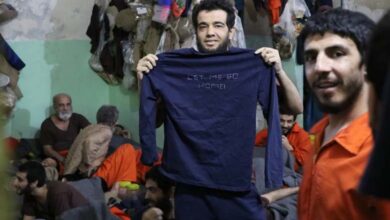The continued shelling of civilians in Sudan by the army raises questions about the fate of the people
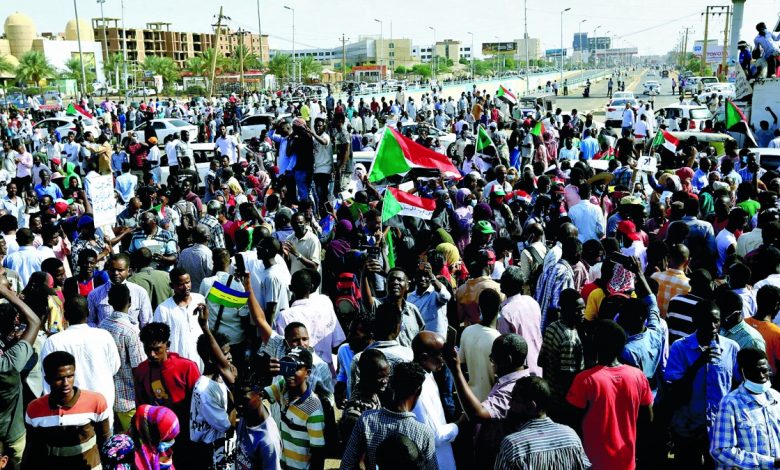
Sudan has descended into a state of chaos after months of tension between the military leader, General Abdel Fattah Burhan, and his rival, General Mohamed Hamdan Dagalo, the leader of the paramilitary Rapid Support Forces. The conflict erupted into open fighting in mid-April last year.
As the fighting in Sudan enters its third month, the international community has done little to take meaningful action to end the catastrophic conflict and avoid a potential humanitarian disaster.
The country is now teetering on the edge of the abyss, declaring a full-scale civil war. This is not only alarming for Sudan and its people but also for neighboring countries in an already unstable region.
According to the American newspaper “Morning Star,” for nearly 18 months, following the military coup on October 25, 2021, and the subsequent indefinite suspension of the transition to civilian democratic rule (which was established in the aftermath of the popular uprising that led to the end of the 30-year dictatorship of Omar al-Bashir), two competing power centers within the combined forces consisting of the ruling military council began to emerge and grow apart, each with its own power base and a group of international supporters.
The regular military forces led by General Abdel Fattah al-Burhan on one side and the Rapid Support Forces, including the notorious Janjaweed militia responsible for crimes against humanity in Darfur and other areas over the past 20 years, under the control of former Deputy Burhan, General Mohamed Hamdan Dagalo (also known as Hemeti), on the other side.
Intense power struggle and escalating violence
The power struggle that followed led to widespread fighting between the two factions on April 15, 2023. The Rapid Support Forces played a role in asserting their power and the military responded decisively to eliminate the Rapid Support Forces.
These two entrenched positions meant that neither side was willing to back down now. This situation manifested in intense fighting and extreme levels of violence with trapped civilian populations already caught in the crossfire. The severity of this situation has been exacerbated by the warring forces, which seem unrelenting in engaging themselves and taking positions in densely populated areas, according to the American news site “CNN.”
Collapse of Sudan’s infrastructure
The complete collapse of any semblance of public infrastructure or service delivery, extending to acute food shortages and limited access to essential healthcare and medical treatment, was not enough. The besieged and fearful population is now facing daily risks of fierce battles on the doorstep of their homes, soldiers and militias roaming the streets, and intense shelling from above.
On Saturday, July 7, 2023, at least 22 people were killed when the Sudanese army carried out an airstrike on a residential area in Omdurman controlled by the Rapid Support Forces, marking the highest death toll in a single attack since the start of the fighting in April, a ominous sign of what may lie ahead if the current trajectory does not change.
Some reports indicate a higher death toll and describe extensive damage to buildings and facilities in the affected crowded neighborhoods. Simply put, the Sudanese people have nowhere to escape.
Violence haunting the Sudanese people
The newspaper notes that the army is not fighting for peace or the restoration of political transition to democracy safely.
As with all wars, the events have disproportionately affected women, who lack access to even the basic necessities for themselves and their families. They are not safe in their homes or neighborhoods and are at risk of violence whether they stay or attempt to flee.
Random international response
Against this backdrop of desperation, international humanitarian and relief organizations, as well as human rights groups including the United Nations, Save the Children, and Amnesty International, have sounded the alarm about the massive increase in sexual violence committed against women and girls (some as young as 12) by armed fighters on both sides of the conflict.
It is estimated that at least one million Sudanese have been displaced from their homes, leading to a surge in internally displaced persons and those desperately seeking refuge in neighboring countries.
Amidst the multi-dimensional dimensions of the unfolding crisis, including ethnic divisions, the danger of escalating the conflict to a completely different level cannot be overstated. It attracts the involvement of external actors and forces. So far, the international response to the crisis unfolding in Sudan has been bleak and haphazard, as described by the newspaper.
The focus of countries around the world has been on evacuating their citizens from Sudan, with little parallel pressure, if any, to influence the warring parties to end the fighting and come to the negotiation table.
Not to mention the army’s disregard for the commitments made regarding the transition to civilian rule or the democratic rights of the Sudanese people.
Several ceasefires have been negotiated, but these have proven to be short-lived as intense fighting resumes later. The violent shelling continues, and the rule of the gun prevails in the streets of Sudan, leaving the majority of the Sudanese population living in an incessant nightmare.
Sudanese army’s shelling
The Ministry of Health in Khartoum State stated that indiscriminate shelling by the army led to the death of 34 people, including children, in a popular market in Omdurman, Sudan.
The majority of the casualties were market traders and owners of transport carts in Omdurman.





